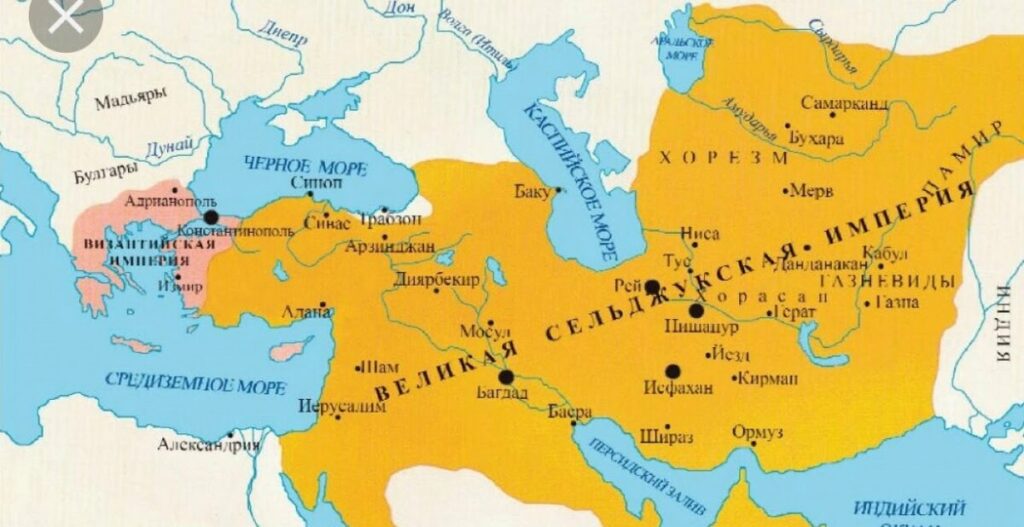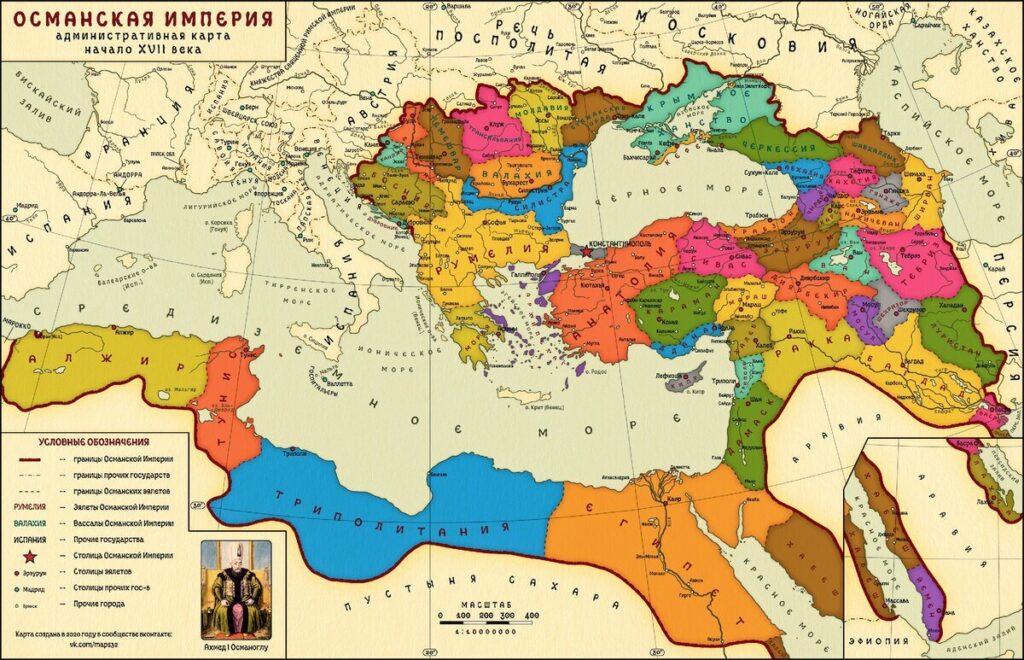The Arab Caliphate, as a worldwide Muslim power, was created in the 7th century by the efforts of four powerful monarchs. At that time, the lands from Spain to Hindustan were mainly captured. The relatively unified empire remained until the middle of the 9th century. But with the children and grandchildren of the same Harun ar-Rashid, it began to disintegrate into more or less significant pieces.
Although culture remained alone, and economic ties grew stronger, there was no unity in political terms. To do this, some significant force had to appear, capable of rallying Muslims again. It arose in the 1030s, when a new union of Turkic tribes forced the Amu Darya and began to conquer region after region…
In the early Middle Ages, a vast Oguz state arose to the east of the Caspian Sea. It was a large association of nomads speaking their own dialect of Turkic languages. Due to the strong influence of the Scythians and Sarmatians, who owned this region before, their appearance was predominantly Caucasian. This name was derived from the legendary Oguz Khan, who is considered their common ancestor.
Due to several centuries of prosperity, the number of Oguzes has multiplied. Pastures have already become scarce for the growing population. Therefore, civil strife soon began, and a noble named Togrul-bek decided that it was better to fight the enemies of the Turks than to fight with his own relatives.

In the 1030s, he and his associates crossed the Amu Darya, which was considered the border of the nomadic and settled world. It was supposed to enter the service of the Ghaznavid state, which was also owned by the Turks, only by another Karluk tribe. However, the rulers of this country refused such an offer. They attacked the enemy, and in 1040, the great battle of Dandanakan took place. After that, the fate of the Islamic world was sealed.
Toghrul beg and his descendants founded a powerful empire that stretched from Afghanistan to Anatolia, where the Byzantine army was defeated. After the name of the founder of the family, the grandfather of the first sultan, it became known as the Seljuk Empire. And the population, respectively, is Seljuk Turks.
Initially, it was only a small part of the Oghuz, but throughout the history of the existence of this state, new clans came to the west from Central Asia, attracted by the fame and wealth of the Muslim world. In their new place, they tried to preserve their culture, and mixed relatively little with sedentary Arabs, Greeks, Iranians and Armenians. Even at the beginning of the 16th century, half a millennium after the conquest, the Seljuk states retained a nomadic character. Remember this moment – it is very important for further narration.

Now let’s talk about the Ottomans. During the Mongol invasion, the Oghuz people who lived across the Caspian Sea were defeated and fled. At that time, the large and branched Kayy tribe dispersed literally to all sides of the world. Some of them, numbering only 500 tents (i.e., 500 families, multiply this number by about 5-7) escaped from Genghis Khan far to the west.
From the Seljuk Sultan Rum, who owned Anatolia, these people received a place to settle near the western border. The lands of the Turks ended there and the territory of the Greeks began. At that time, their leader was a simple warrior named Ertogrul. He was considered a vassal of the Seljuks, but his son Osman was already independent. A new nation, the Ottoman Turks, was named after him, as well as the state they created, the Ottoman Empire.
It was impossible to expand to the east – there were the same small and toothy Turkic principalities. But in the west there was a greatly weakened Byzantium. But in order to capture it, it was necessary to completely change the traditional character of the Turkic powers. Osman and his followers relied on the conversion of local residents to Islam, completely abandoned nomadism and began to live in cities, and therefore their small possessions have become much stronger, unlike the rest of the Seljuk emirates, where anarchy reigned more or less.

The differences between the two related civilizations were very significant: the Seljuks roamed, the Ottomans made the cities the center of power; the Seljuks were tolerant, the Ottomans used religious fanaticism for the purpose of expansion; the Seljuks were not very zealous in converting their subjects to Islam, the Ottomans pursued such a policy very purposefully. As a result, their empire became really very powerful, and a couple of centuries after its foundation it acquired a truly global character.
